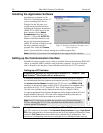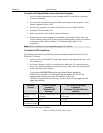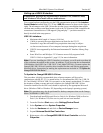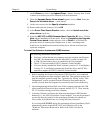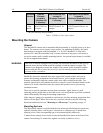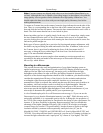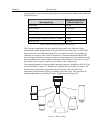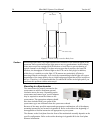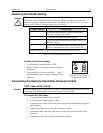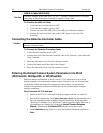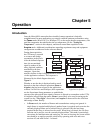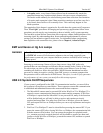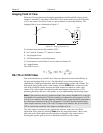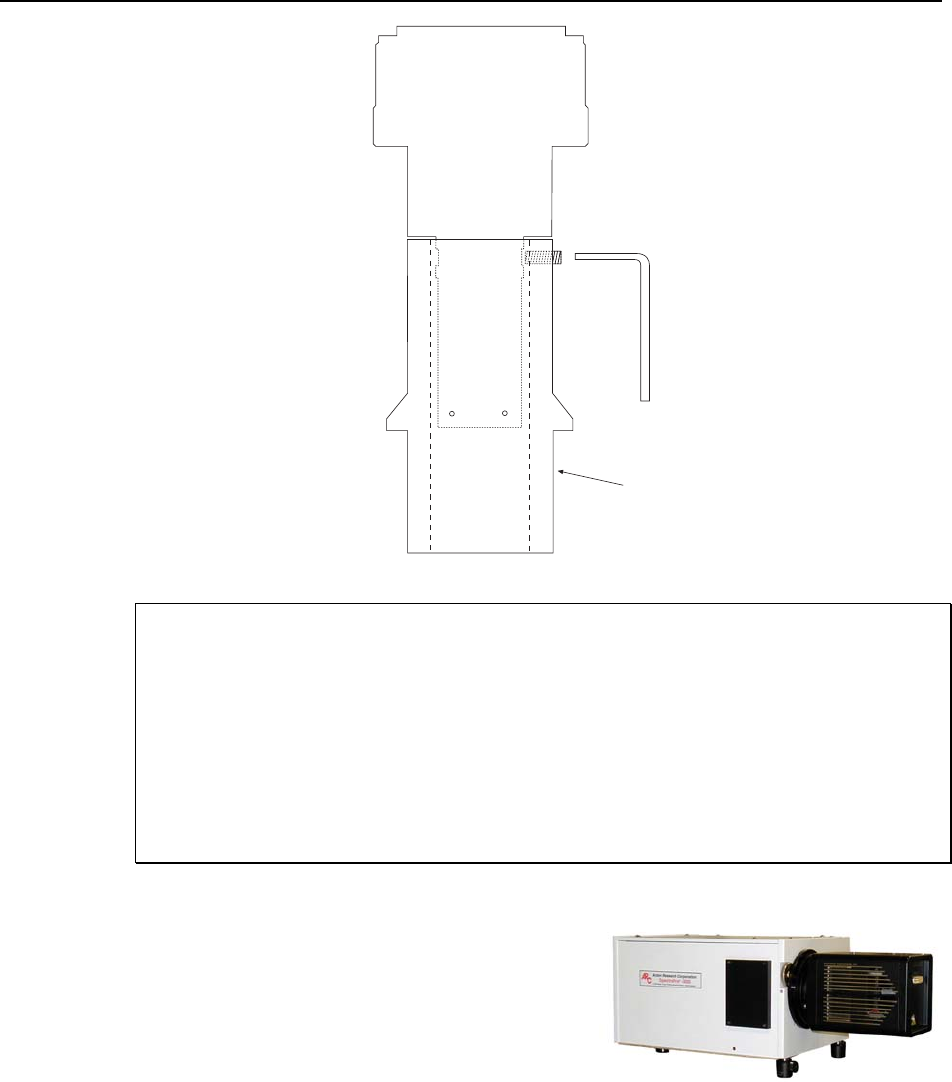
38 MicroMAX System User Manual Version 6.C
1X
HRP 100-NIK
"L" bottom clamp
Figure 9. Bottom Clamp secured to Relay Lens
Microscope optics have very high transmission efficiencies in the infrared region of the
spectrum. Since typical microscope light sources are very good emitters in the infrared,
some microscopes are equipped with IR blockers or heat filters to prevent heating of
optical elements or the sample. For those microscopes that do not have the better IR
blockers, the throughput of infrared light to the CCD can be fairly high. In addition,
while the eye is unable to see the light, CCD cameras are particularly efficient in
detecting infrared wavelengths. As a result, the contaminating infrared light will cause a
degradation of the image quality due to a high background signal that will be invisible to
the eye. Therefore, it is recommended that you add an IR blocker in the light path if you
encounter this problem with the microscope.
Caution
Mounting to a Spectrometer
The camera must be properly mounted to the
spectrometer to achieve maximum spectral
resolution across the array. Depending on the
spectrometer and camera type, special adapters
may be required to mount the camera to the
spectrometer. The appropriate adapters should
have been included with your system if the
spectrometer type was indicated when the system was ordered.
Because of the many possible camera and spectrom
eter combinations, all of the adapter
mounting instructions are located in Appendix D. Refer to the table at the beginning of
that appendix to find the instruction set appropriate to your system.
The distance to the focal plane from the front of the mechanical assembly depends on the
specific configuration. Refer to the outline drawings in Appendix B for the focal plane
distance inform
ation.



